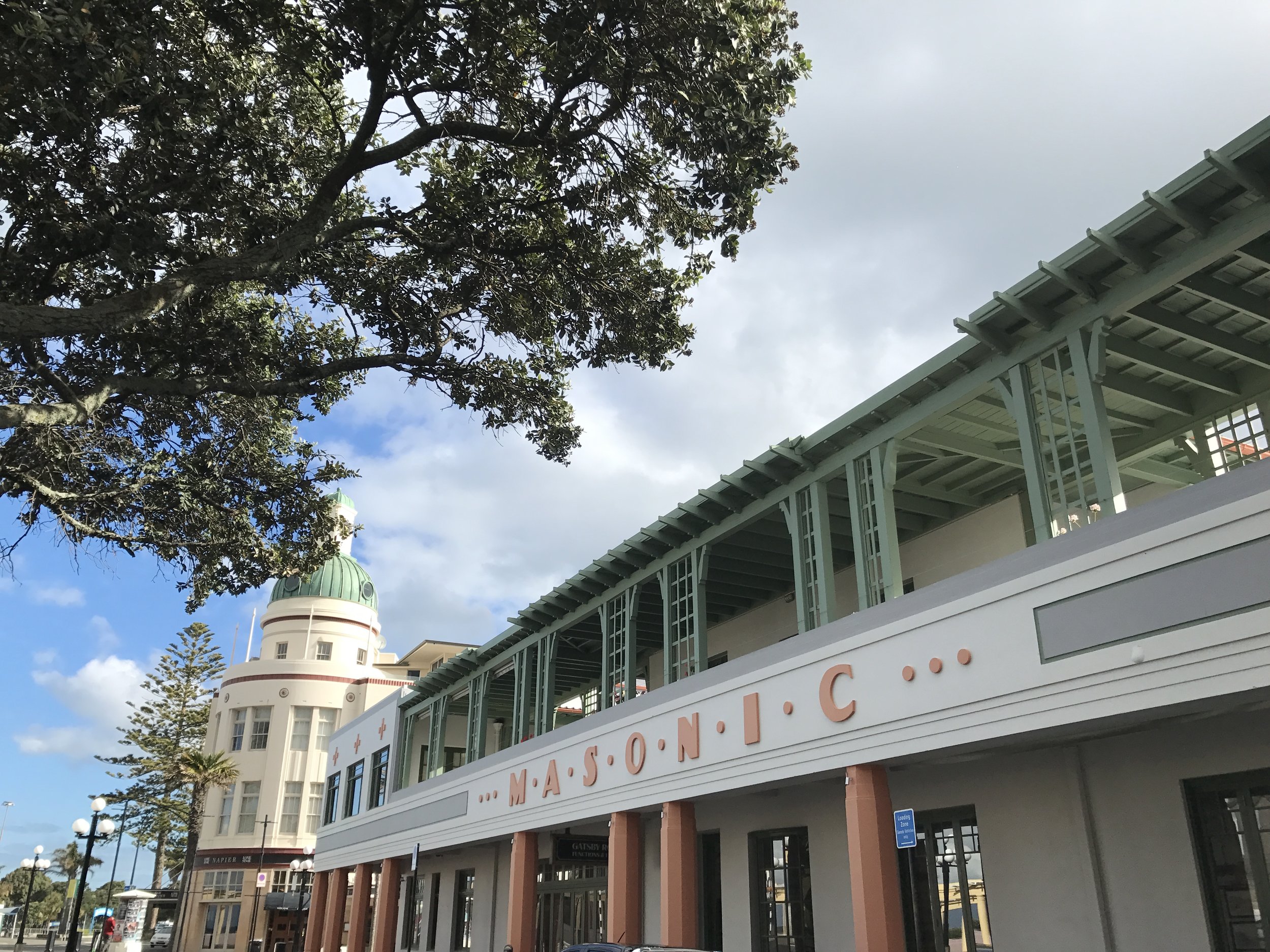Hi there! If you're reading this, you either saw it plastered on social media or you found a link to it in a thank-you card.
Regardless of what led you to this page, Katie and I are extremely grateful to know you and humbled that you care enough to read about our trip. We had such an unbelievable experience in New Zealand that we wanted to share it with as many people as we could, and so this little travel blog was born. Here you'll see some of our favorite pictures from the trip, read about the things we did there, and (we hope) take away some tips for when you travel there yourself. If you don't have the time or patience to read, feel free to just skim through and check out the pictures. Of course, if that's the case then you're probably not reading this in the first place. Disclaimer: I'm a Computer Engineer, not a botanist/historian/geologist/biologist. I'm going to get some things wrong.
Wildlife / Plants
Our first lesson about wildlife in New Zealand came from our first host, who we stayed with in Auckland. In describing our lodgings and the surrounding forest to us, he commented that the forest ("bush," as he and all locals called it) was perfectly safe for people to wander around in because there are actually no native snakes or mammals in New Zealand, save for a few native bat species. Any ground mammals in the country were introduced by Europeans or other colonists/visitors.
In fact, New Zealand has had a lot of problems with rodents. Initially, rabbits were introduced to New Zealand by Europeans (I think primarily for fur trade, but I could be misremembering). Being rabbits, they multiply quickly as it is. However, in an ecosystem with no actual predators, they multiplied very quickly. Soon they were out of control, so Europeans introduced predators to help manage the rabbit population. Predictably, those predators became a new problem. Currently, managing the populations of stoats/possums/rats/mice is one of the biggest challenges for the country.
If New Zealand is known for one thing, it's probably sheep. I was a little disappointed to learn that sheep, too, were introduced and were actually not native to the country. Same story for cattle, deer, etc. All introduced by colonists. Livestock are by nature much easier to manage than rodents, so there are obviously not any population issues when it comes to sheep and cattle.
Read on for pictures and commentary of Katie and Jordan's trip to New Zealand in November of 2016.










